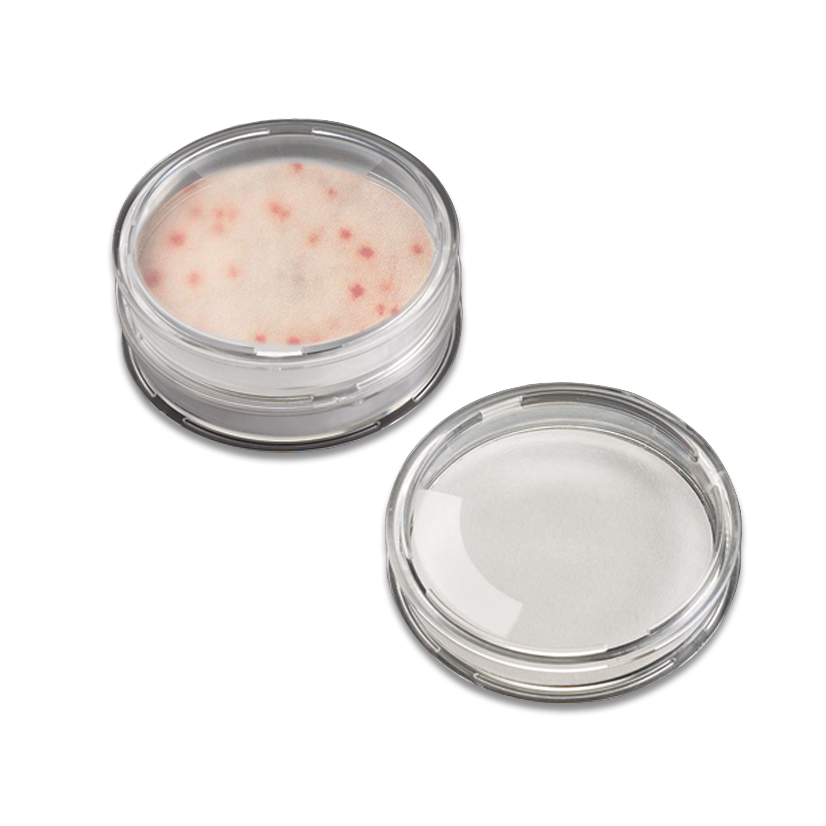
Did you know that the potable water on board the International Space Station (ISS) is up to 80% recycled from astronauts’ sweat, urine and other reclaimed wastewater sources?
This means bacteria testing to monitor the quality of the recycled water is frequently required to ensure astronauts’ health and safety of consumption. Traditional test methods for bacteria testing can be timely, and complex, however a new approach currently being evaluated by European Space Agency (ESA) astronaut, Thomas Pesquet, aims to improve the speed and efficiency of these tests on board the ISS.
His experiment involves depositing a water sample onto Aquapad, developed by bioMérieux. Aquapad consists of a paper pad impregnated with powdered growth medium to create a 3D petri dish, on which the microbes are revealed in the form of countable, colored spots; a simple calculation determines whether the water is safe to drink. Traditional bacteria counting methods typically utilize a glass microanalysis holder, Gridded MCE filters, and a vacuum pump.
The simplicity of the design of the device creates potential for use in disaster areas or in situations requiring less expensive, faster results.
You can follow Thomas and his recent adventures on Facebook or Flickr.


![Join Sterlitech at BIO 2024 [Booth #5558]: Exploring the Future of Biotechnology](https://www.sterlitech.com/media/magefan_blog/b4.jpeg)

